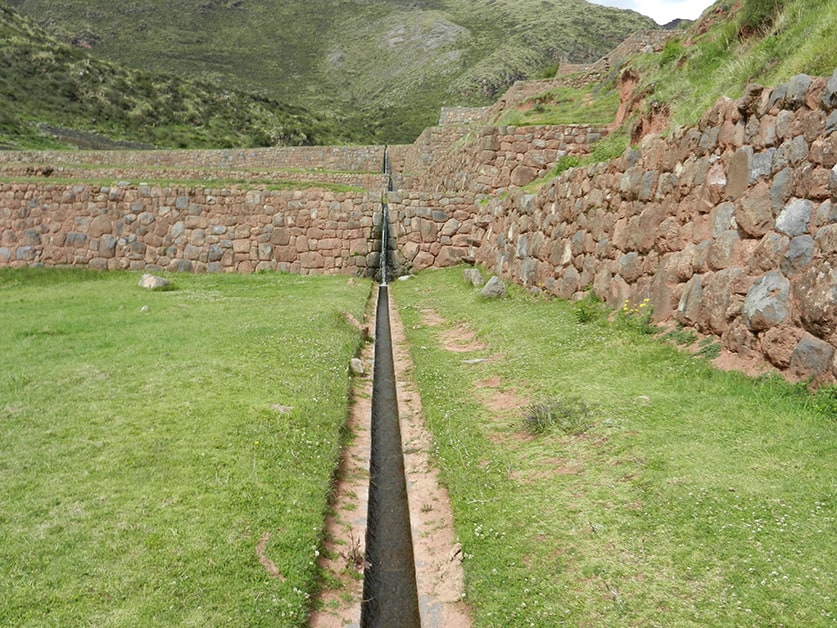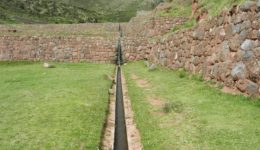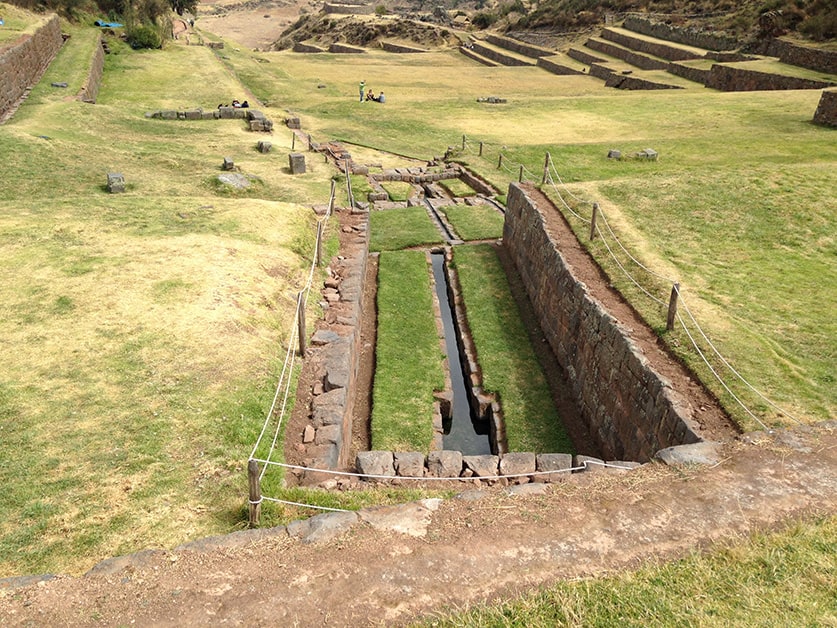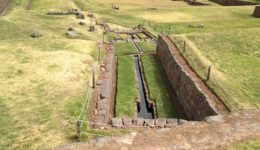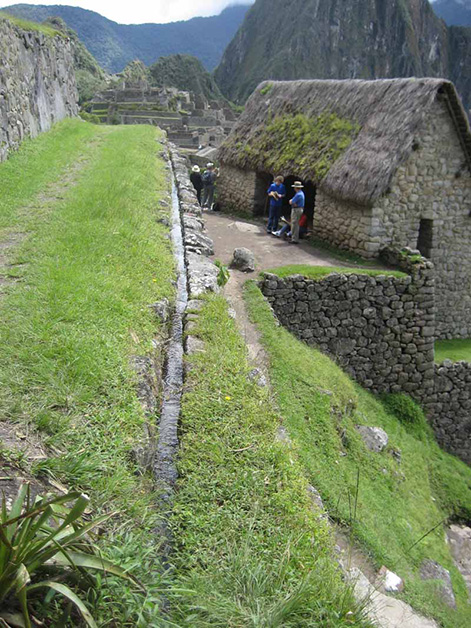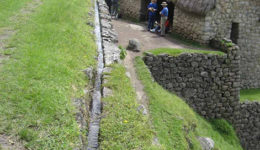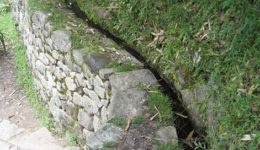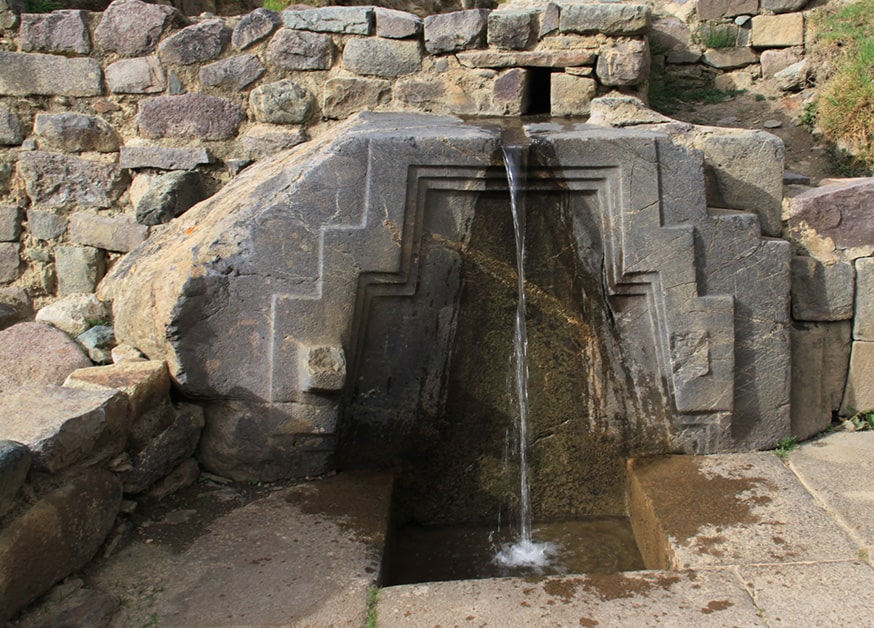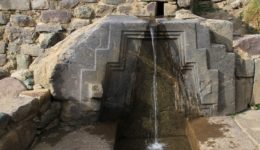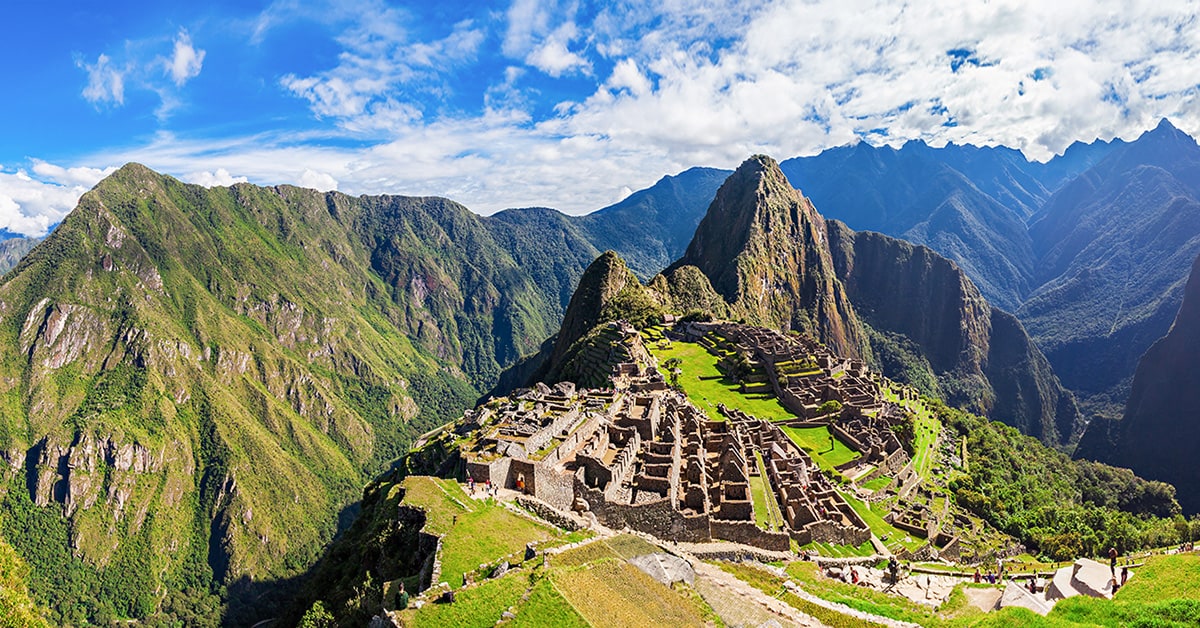 Panorama of the Machu Picchu, Cusco Region, Peru. Photo © saiko3p / ShutterStock
Panorama of the Machu Picchu, Cusco Region, Peru. Photo © saiko3p / ShutterStock .
Water is key to civilizations past and present. Built atop a mountain without the aid of metal tools or wheels, the city of Machu Picchu is a testament to Incan ingenuity. The city’s builders captured and regulated the flow of a spring through a system of conduits and fountains, adding drainage and flood-prevention measures.
Hailed as a wonder of the world, Machu Picchu was built in the fifteenth century at an elevation of nearly 2,500 meters above sea level, in the heart of the Andes mountains. It was never discovered by Spanish conquistadors, and only came to global awareness in 1911 when it was documented by American explorer Hiram Bingham. Though abandoned, the 500-year-old city was incredibly well preserved thanks to high-quality stone craftsmanship.
Perhaps even more impressive than Machu Picchu’s stone structures and terraced farmland, however, is the water system that made the city possible. A natural spring on a slope north of where the city was eventually built, in a catch basin formed by two geological faults, may have been the primary factor in determining the layout of the city, according to civil engineer Ken Wright, who has spent much of his career studying the Incan city. The evidence suggests that Machu Picchu was carefully planned before it was built.
The Incans built a collection system to increase the yield of the spring, then created a canal that brought water down to the site of the city. The 750-meter-long stone canal was 10 to 16 centimeters deep, approximately 15 centimeters wide, and built at a three-percent slope. Once it reached the city, the spring water was distributed through a series of 16 fountains, beginning with the emperor’s residence and sacred buildings on the highest ground in the city. Each stone fountain has a spout for collecting the potable water before it pools in a basin, runs down to the next fountain, then drains down the hill and safely out of the city.
The fountain system was apparently designed to carry 25 liters of water per minute, matching the output of the spring. But it could also accommodate extremes — flows as low as 10 liters per minute and as high as 100 liters per minute. In the event of heavy flooding, two stone “safety valves” can be activated to redirect stormwater runoff toward the agricultural terraces. In the event of a drought, the Incans could rely on the path they built to the Urubamba river below.
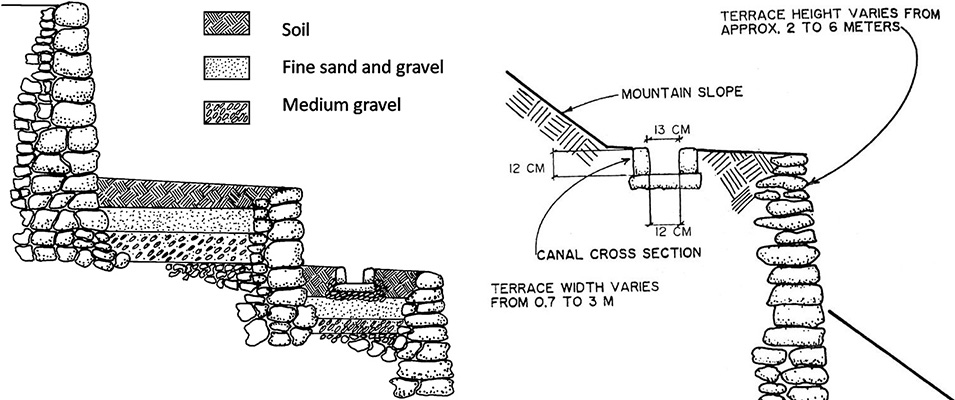
Right – Profile of the Machu Picchu Water Supply Canal from the Spring Source to Fountain
Left – A schematic of the soil layers in the agricultural terraces and throughout the city.
Building an effective drainage system was just as important as the water supply, since this area of the Peruvian Andes can get up to 200 centimeters of rain each year. The city’s walls of heavy granite blocks rest on deep foundations and an underground drainage system made from crushed rock collected from the remnants of the stone used to build the city. This porous underground gravel helps drain runoff into the ground. Above ground, the city’s 700 stepped terraces also played a key role in the drainage system. Beyond providing much-need space for agriculture, they stabilized the soil and provided structural support. Without these interventions, it’s likely that the mountain would have eroded substantially, and the city would not have remained so well preserved.
Another function of the urban drainage system was to capture the runoff from Machu Picchu’s thatched roofs. More than 100 drainage holes were built into the original construction of the city, leading to the agricultural area. These holes weren’t built as afterthoughts or as modifications, but part of the original design, illustrating the extent to which the city was planned.
Machu Picchu’s water system, though sometimes overlooked, is one of the reasons the city was designated a UNESCO world heritage site in 1983, labeled “a masterpiece of art, urbanism, architecture and engineering of the Inca Civilization.”
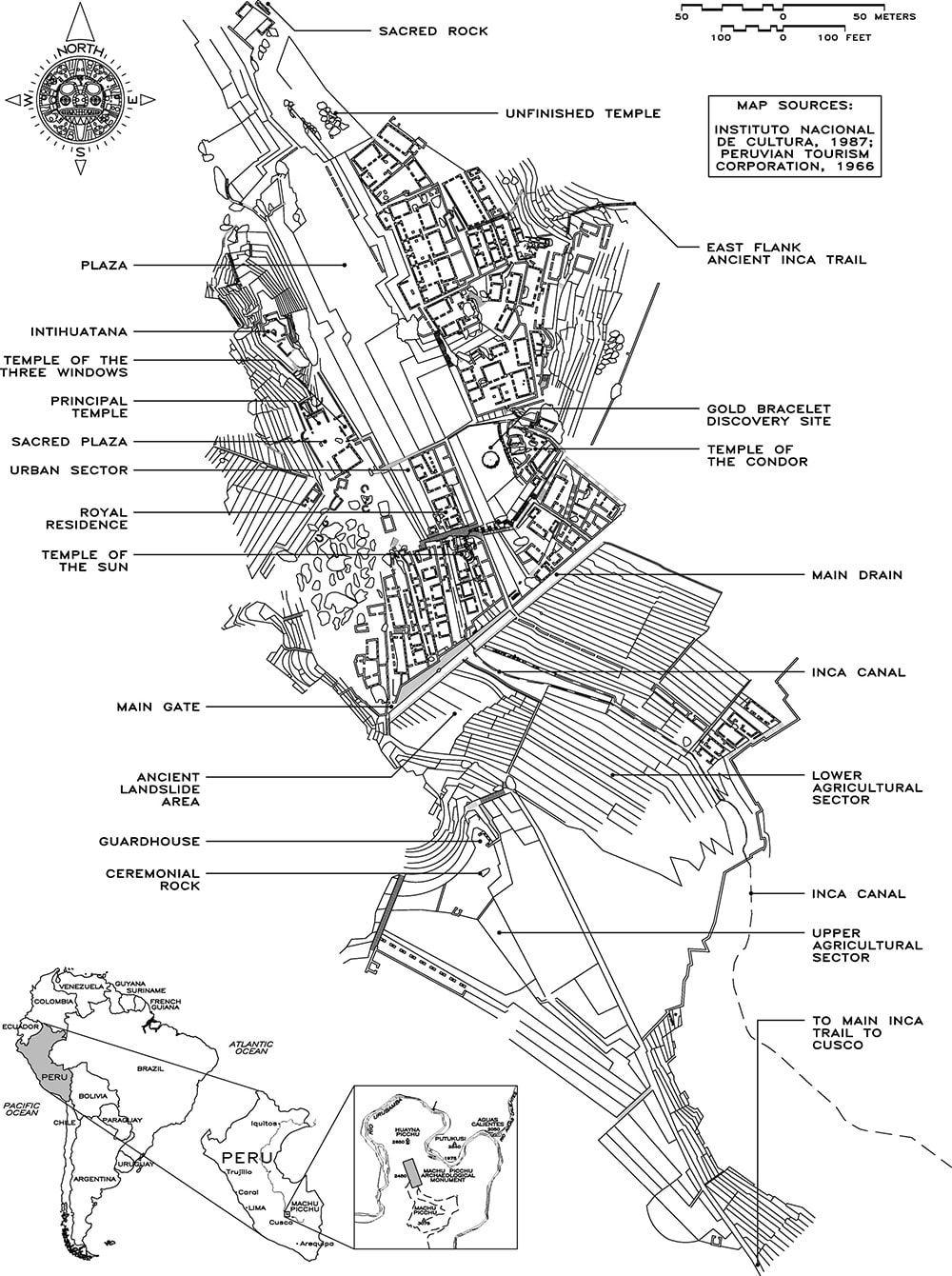
Map of Machu Picchu site showing the Inca Spring and Canal






